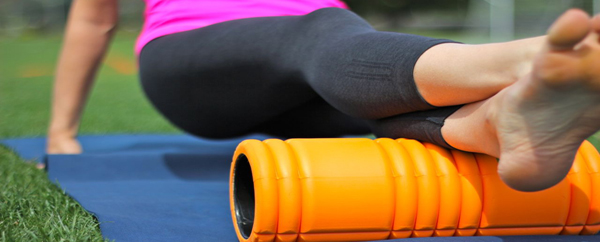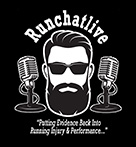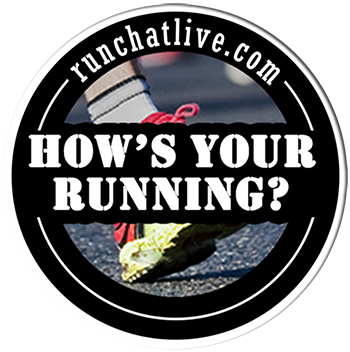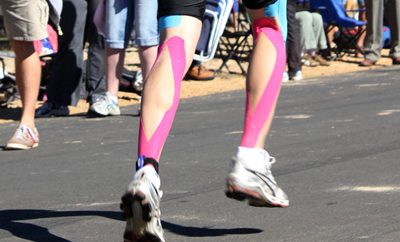Foam Rolling: What does it do?

“Everybody seems to be raving about foam rolling, but is it really worth doing? I don’t mind causing myself pain if it’s going to help but it does sometimes make me question whether I am hurting myself for nothing!”
– Ras P.
Matt answers…
Great question! Unfortunately, I’m afraid I can’t give you a yes or no answer. In my experience, I see many runners who seem to benefit from foam rolling as part of their recovery protocol after a hard run or during rehab but it’s impossible to measure how much of their success is actually down to the foam roller.
I tend to put foam rolling in the same ball park as massage. Depending how they are used, both can be highly useful in relaxing the nervous system. It’s very important not to underestimate the importance of relaxation as recovery from injury or a hard run depends very much on the body being in a relaxed enough state to adapt and get stronger. This is why sleep is so important for athletes.
What I am not a fan of is the belief that foam rolling (or massage) works by physically ‘breaking down’ adhesions or scar tissue. Research shows us that even though we can apply a lot of pressure during foam rolling, it is no where near enough to actually ‘break down’ tissue. The belief that it can causes runners to inflict a lot of pain on themselves (or pay others to do so!).
Fighting pain with pain can lead to the nervous system becoming even more sensitized, which ultimately can delay recovery rather than speed it up. If foam rolling does manage to relax muscles and increase range of motion, it is more likely to be through relaxing the nervous system. This means causing pain of over 7/10 would be counter-productive (just as it is in any treatment).
For me, the art of foam rolling is finding a body position that subjects the chosen muscle group to a maximum pressure of 6/10, holding it briefly and then coming off it; and then repeat for 5 minutes or so. Treat it in the same way as a massage (but not a viciously ‘deep’ one). We may not have any scientific evidence for how it works (or indeed whether it works) but by following this advice you may be able to join the many runners I see who use foam rolling as a cheap, safe and effective way of helping themselves recover.
Foam Rolling Tips
1. When foam rolling the calves, you do not have to keep your backside off the floor. Once you have found a sensitive area, lower your backside; you will still have enough body weight to stimulate a 6 out of 10 pain, especially if you cross one leg over the other.
2. Don’t forget to roll the sides of the muscle/s. Using the calves again as an example, try rotating the leg inwards / outwards to find sensitive areas on the inside/outside of the calf.
3. Avoid rolling the ‘IT Band’ (side of the thigh). The fact it hurts so much makes many runners (and therapists) believe it must be doing some good. But the IT Band is not a muscle – it’s a thick piece of connective tissue, so it makes no physiological sense to roll it. On top of that, ITB syndrome is thought to be caused by the ITB being compressed against a protective fatty pad underneath it, so pushing down on it even more with a roller could well make things worse.
I hope this helps Ras. Keep in touch and let us know how it goes!
Do you have any positive/negative experiences of using a foam roller? Are you in the habit of rolling your ITB? Whether you are a therapist, coach or runner (maybe all three) we would love to hear from you in comments section below!
Related Posts
Warm Up: Should I Stretch?
“I always stretch before my runs but a friend told me the other day that I shouldn’t bother as it can make you run slower? Should I stop or could this increase risk of injury? My calves are always tight so I am worried.”
Plantar Fasciitis: What Can I Do?
“I’ve started getting a dull achy pain in the sole of my foot and back towards my heel. It doesn’t hurt all the time but bothers me when I run and walk sometimes. I know that I have a tight calf in that leg and have to wear high heels for work. What should I do?”
Brace or Kinesio Tape: Which?
“I’m having knee problems at the moment and have had to stop running. My physio has given me a knee brace to wear, but my trainer says I shouldn’t wear it and instead use kinesio tape. I’m really confused.”






0 Comments